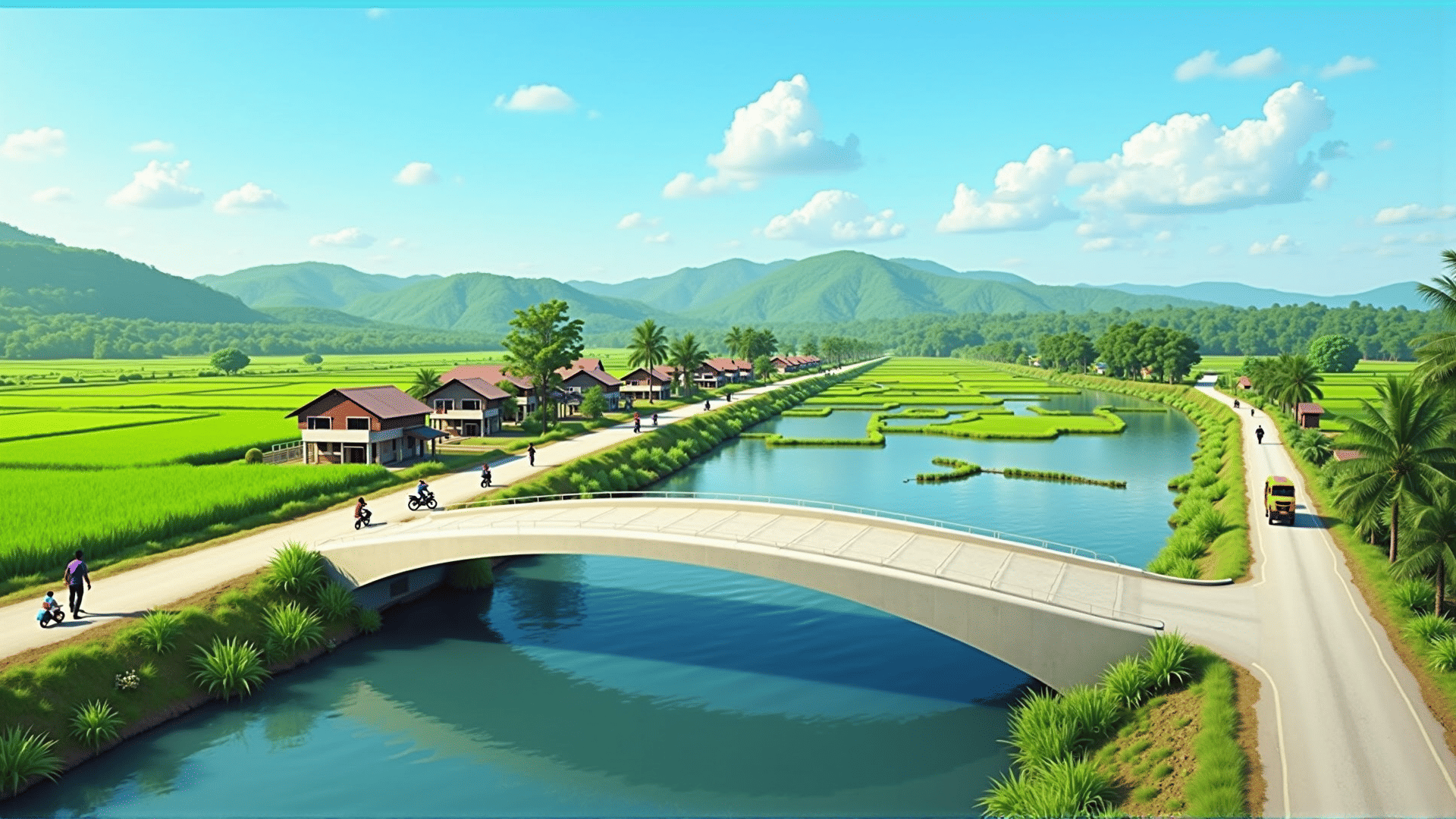In recent years, numerous projects have been initiated to enhance connectivity and accessibility in rural regions, bringing significant benefits to local communities. The focus has been on improving transportation, communication, healthcare, and education, which collectively contribute to a better quality of life for residents.
One of the primary areas of focus has been transportation. The construction and upgrading of roads, bridges, and highways are vital in connecting remote areas to urban centers. These projects facilitate the movement of goods and people, reducing travel time and costs. Improved transportation links also provide rural communities with better access to markets, education, and healthcare facilities.
Developments in communication infrastructure are also making a notable impact. With the expansion of fiber optic networks and satellite communication systems, even the most isolated areas now have the potential to access high-speed internet. This connectivity enables residents to participate in the digital world, opening up possibilities for online education, telemedicine, and e-commerce, thereby bridging the digital divide that has long separated rural areas from urban progress.
Healthcare infrastructure has been a major focus, with the establishment and modernization of hospitals, clinics, and mobile health units. These facilities are integral in providing timely medical care, reducing mortality rates, and ensuring that rural populations receive the health services they need without traveling long distances. The integration of telehealth services has further revolutionized healthcare access, allowing for virtual consultations and specialist advice at the click of a button.
Education in rural areas is witnessing a transformation as well. New schools are being built, and existing ones upgraded to provide a conducive learning environment. By incorporating modern teaching aids and ensuring connectivity, students in these areas can now access the same level of education services as their urban counterparts. Initiatives like these not only enhance learning outcomes but also pave the way for increased opportunities for future generations.
Additionally, access to reliable water and energy supplies is being improved through the installation of water purification systems and the use of renewable energy sources such as solar panels and wind turbines. These efforts ensure that communities have sustainable access to essential resources, reducing their dependence on non-renewable sources and fostering an eco-friendly way of living.
Collectively, these infrastructure developments are not only enhancing the physical landscape of rural areas but are also empowering communities by providing them with the necessary tools and facilities to thrive. As these projects continue to progress, the social fabric of rural regions strengthens, enabling them to contribute more effectively to the wider society. The ongoing transformation is a testament to the commitment to narrowing the disparities between rural and urban areas, ensuring that all communities can flourish.
